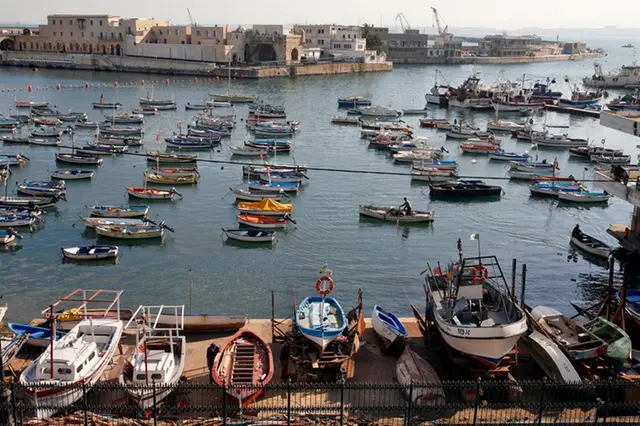Oman’s Liwa Fishery Harbour Project, for the second time, has been retendered. Officially, expressions of interest (EOIs) have been invited for the project’s development by Oman’s Ministry of Finance (MoF). Alongside, the Ministry of Agriculture, Fisheries and Water Resources (MoAfWR), highlighted the tender includes management, operation as well as maintenance of the fishery Harbour.
According to an official statement, 2 September 2023, is the last date for obtaining EOI documents. Meanwhile, 3 September 2023 is the final date for obtaining the request for proposal documents. Thereafter, all document submissions ought to be done by the 31st of December 2023.
Read Also: Oman’s 400kV Overhead Lines Project Nears Completion
Oman’s Liwa Fishery Harbour Project Location
Oman’s Liwa Fishery Harbour Project location is in North Al Batinah. Its development will be under a Public-Private partnership (PPP) model, with a $US$100 million cost. As a whole, it will feature the construction of floating berths, as well as a fishery port. Moreover, the project will also include deepening works.
As a whole, the development contributes towards Oman’s major goal of building multipurpose fishery harbours. Furthermore, the initiative strives to develop integrated facilities incorporating structural designs that catalyze investment in not just fisheries, but also commercial and tourism activities. In total Oman’s Ministry revealed that nine locations had been identified for establishment of the fishery harbours.
While commenting about Liwa, the Minister of Agriculture and Fisheries said it will provide services that will assist fishermen as well as, related professions. Meanwhile, the Director General of Fishing Harbour revealed that it will provide services to 931 fishermen, using 404 fiberglass boats. This, in turn, Khalid bin Mansour al Zadjali noted would enable the development to provide necessary infrastructure gearing economic growth. In particular, the region boasts a large quantity of available fish, of which could be processed and prepared for export. In fact, the Director General stated that in 2013, Al Massanah achieved a production of 3,127 tonnes of fish.

